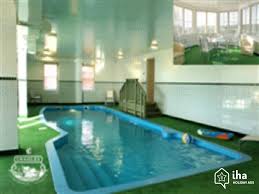When we build our homes, we want to make sure that every part is solid and secure. But there’s one area that often gets overlooked: the basement. Sure, we might not be in the basement that often, but it’s still important to keep it dry and free of water. In fact, did you know that 60% of basements in the US have moisture problems? That’s a lot!
And if you’re not careful, that moisture can lead to mold, mildew, and even structural damage. So, if you want to have a dry basement, let’s make a move as soon as possible. These expert tips and tricks we’ve gathered from experts can help.
Place Some Charcoal in High-Moisture Areas
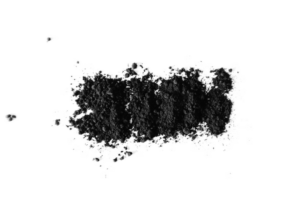
You’ve read it right. This humble black substance is not just for grilling burgers on a summer day. Charcoal has the power to absorb excess moisture from the air, allowing your basement to create a drier environment. You can use charcoal by placing small dishes or bowls filled with activated charcoal around high-moisture areas. Activated charcoal contains numerous tiny pores that attract and trap moisture molecules like a magnet. By strategically placing these dishes near problem spots such as leaky windows or damp corners, you can help reduce humidity levels and keep mold growth at bay.
Invest in a Quality Dehumidifier
If you think charcoal won’t make much difference, it’s your call to get a dehumidifier. A dehumidifier basically can remove excess moisture from the air, lowering humidity levels and preventing mold and mildew growth. Be sure to look for models that are specifically designed for basements or large spaces, as they will have higher moisture removal capacities. To maximize the effectiveness of your dehumidifier, make sure to place it in an area with high humidity levels, such as near water sources or areas prone to dampness. Regularly emptying the water collection tank is also crucial to prevent overflow and maintain optimal performance.
Optimize Your Sump Pump Efficiency
Simply having a sump pump is not enough – you need to ensure its efficiency to maximize its effectiveness. Here are some tips on how to optimize your sump pump efficiency. Regularly inspect and maintain your sump pump. Check for any clogs or debris that might impede its operation. Clean the inlet screen and make sure the float switch moves freely.
Ensure that the discharge pipe is well-built and properly installed. See if this pipe is always directed away from your foundation. Improper placement of the discharge pipe can result in water flowing back toward your house instead of draining away.
Learn How to Waterproof Your Basement Properly
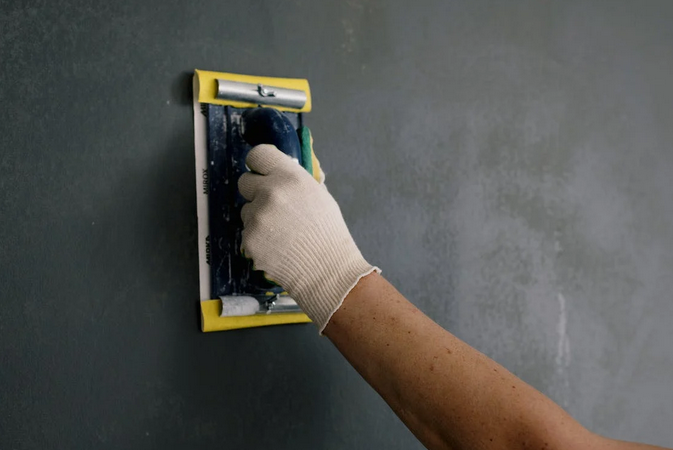
As we can see, water damage can always be a terrifying nightmare for homeowners, especially when it affects the basement. Moisture can definitely seep through cracks in the foundation, leading to mold growth, rotting wood, and structural issues. So start by identifying any existing leaks or areas of high moisture. Once you’ve located these problem areas, address them promptly before proceeding with waterproofing measures. But how?
You can always choose a waterproof sealant. Slap this sealant on the interior walls and floor. This way, your basement will get a barrier against moisture penetration. Additionally, consider installing a drainage system like French drains or weeping tiles around the perimeter of your basement. But if you want to save time, it’s time to call for a help from the Basement Waterproofing Hamilton.
Whether you choose to tackle one or all of these methods, taking proactive steps toward keeping your basement dry will undoubtedly benefit both you and your property in the long run. So don’t wait until an issue arises – start incorporating these tips today.…

 Our mood is strongly affected by our visual. And when we’re at home, the lighting and the paint are two factors that will determine our comfort. If they are too lustrous, the chances are that you will hardly get any rest when you need it. If the lighting is too dim, you will be more likely to feel gloomy and tired all day. Both the lighting and the paint color must balance each other.
Our mood is strongly affected by our visual. And when we’re at home, the lighting and the paint are two factors that will determine our comfort. If they are too lustrous, the chances are that you will hardly get any rest when you need it. If the lighting is too dim, you will be more likely to feel gloomy and tired all day. Both the lighting and the paint color must balance each other. If the word sounds foreign to you, its definition is actually quite simple. A vivarium is an animal container with a semi-natural environment that is meant to keep the organism alive. By this definition, aquarium and terrarium are included.
If the word sounds foreign to you, its definition is actually quite simple. A vivarium is an animal container with a semi-natural environment that is meant to keep the organism alive. By this definition, aquarium and terrarium are included.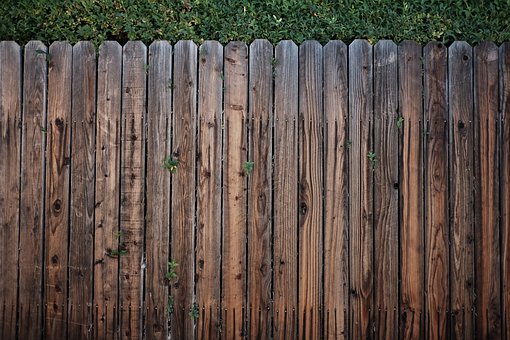

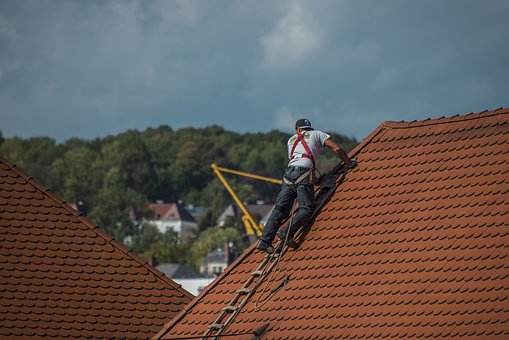 One of the ways you can easily tell that a company will do excellent repair work on your roof is by checking out some of the works that the company roofing experts have done before. Ask the company to make available some of the roofs that they have done before. They can show you photos of before and after of the roofs that they have repaired. This way, you will be able to make a sound decision based on the works that the experts offer. If you like the works, then you can consider hiring such a company to repair your roof.
One of the ways you can easily tell that a company will do excellent repair work on your roof is by checking out some of the works that the company roofing experts have done before. Ask the company to make available some of the roofs that they have done before. They can show you photos of before and after of the roofs that they have repaired. This way, you will be able to make a sound decision based on the works that the experts offer. If you like the works, then you can consider hiring such a company to repair your roof.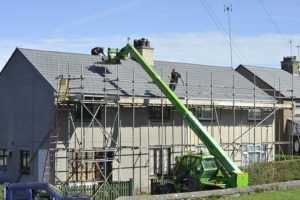 Before you can choose to hire any roofing company to repair your roof, it is necessary that you check to know if the company is licensed. Only a licensed company should work on your roof. A licensed company will be held responsible in case of anything that happens while the experts repair your roof. Failure to do so, you will be exposing your house and roof to more risks. A licensed company is that which has the qualities that a good roofing company should have. This will be an assurance that you will get quality services.
Before you can choose to hire any roofing company to repair your roof, it is necessary that you check to know if the company is licensed. Only a licensed company should work on your roof. A licensed company will be held responsible in case of anything that happens while the experts repair your roof. Failure to do so, you will be exposing your house and roof to more risks. A licensed company is that which has the qualities that a good roofing company should have. This will be an assurance that you will get quality services.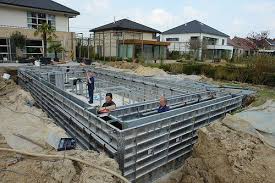 You need to ask co-workers, friends, neighbors and family members about spa and pool experiences. Even if they are not the original owners of the home which came with a pool, finding out about the contractor and if they were satisfied with their workmanship will help you get the right contractor. If the people giving you the referrals were there during the process, it is better for you. Ask them how long it took, if the company was reliable and if the pool has held up well. You can research the names of the referrals you get online.
You need to ask co-workers, friends, neighbors and family members about spa and pool experiences. Even if they are not the original owners of the home which came with a pool, finding out about the contractor and if they were satisfied with their workmanship will help you get the right contractor. If the people giving you the referrals were there during the process, it is better for you. Ask them how long it took, if the company was reliable and if the pool has held up well. You can research the names of the referrals you get online.